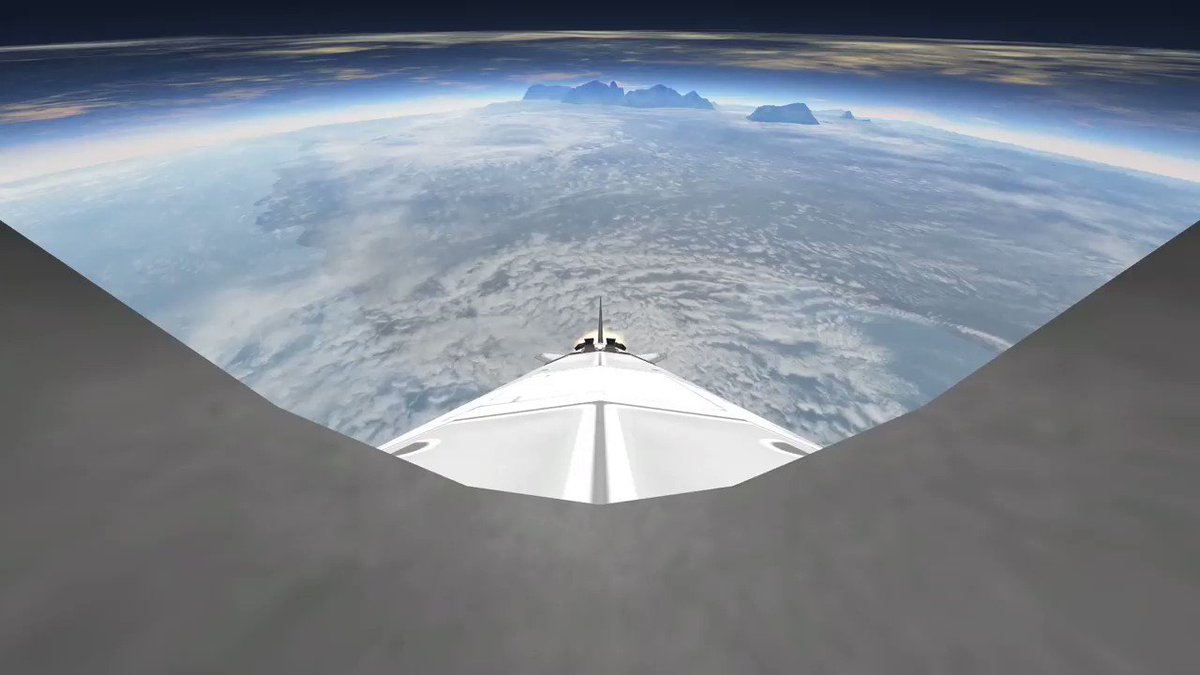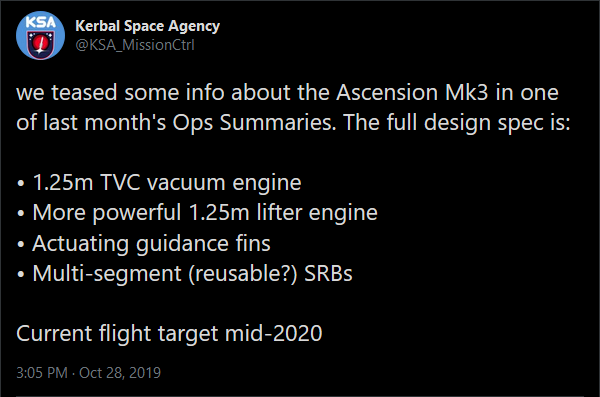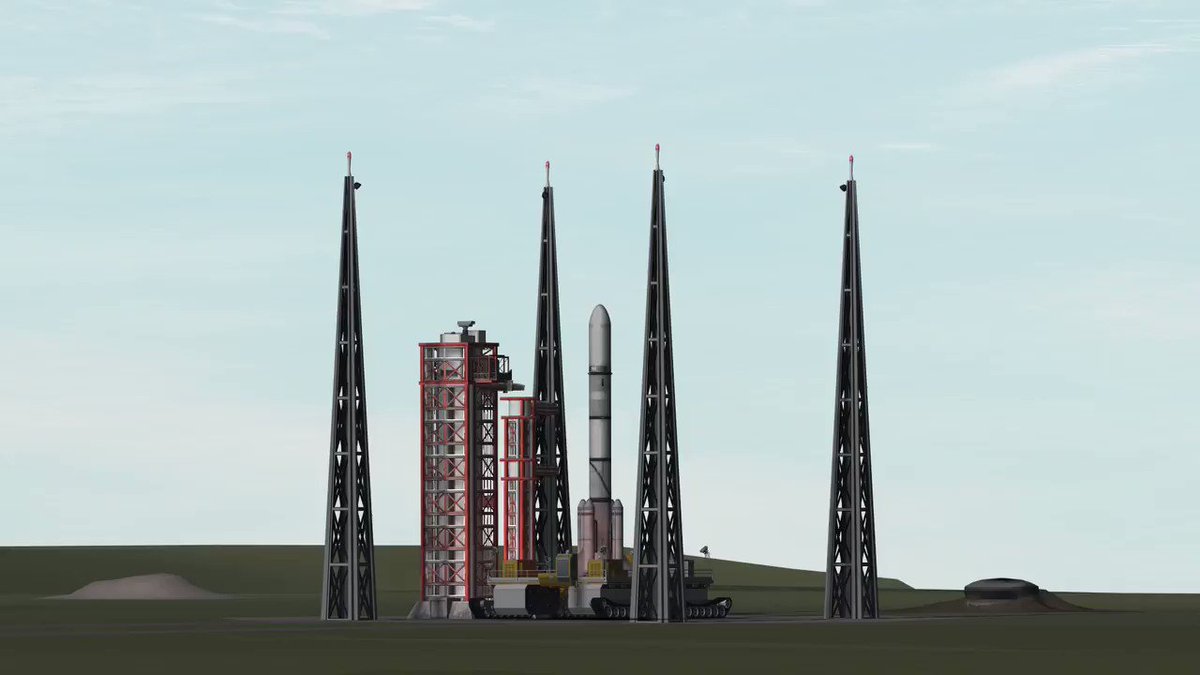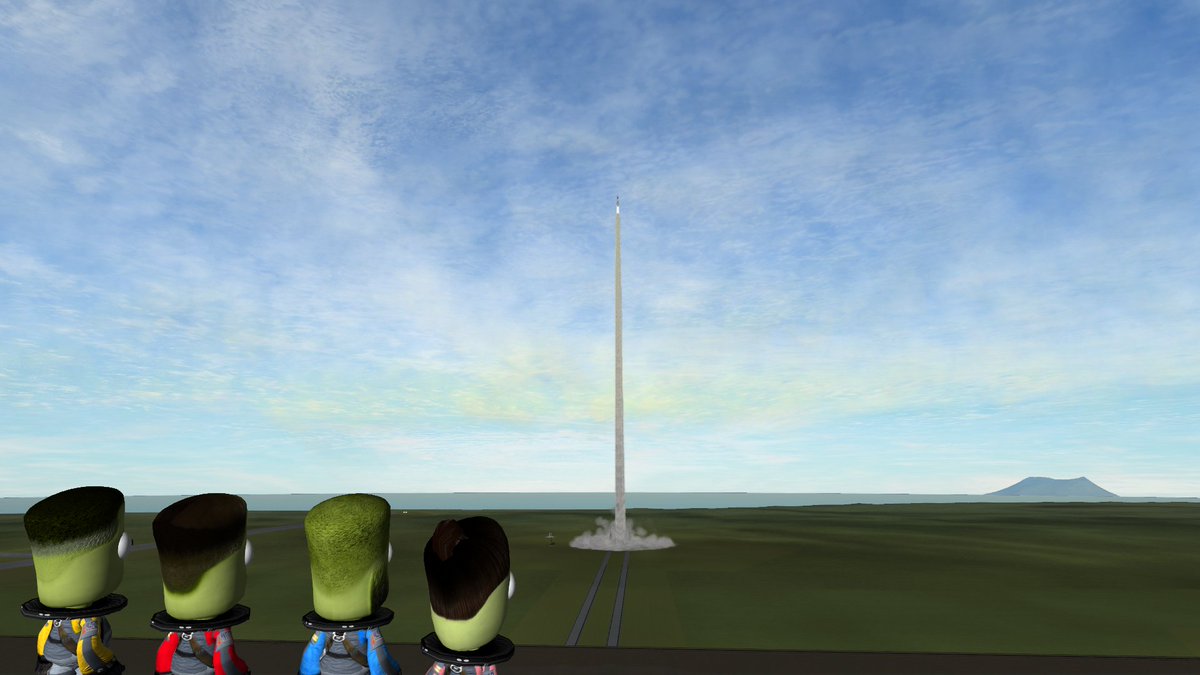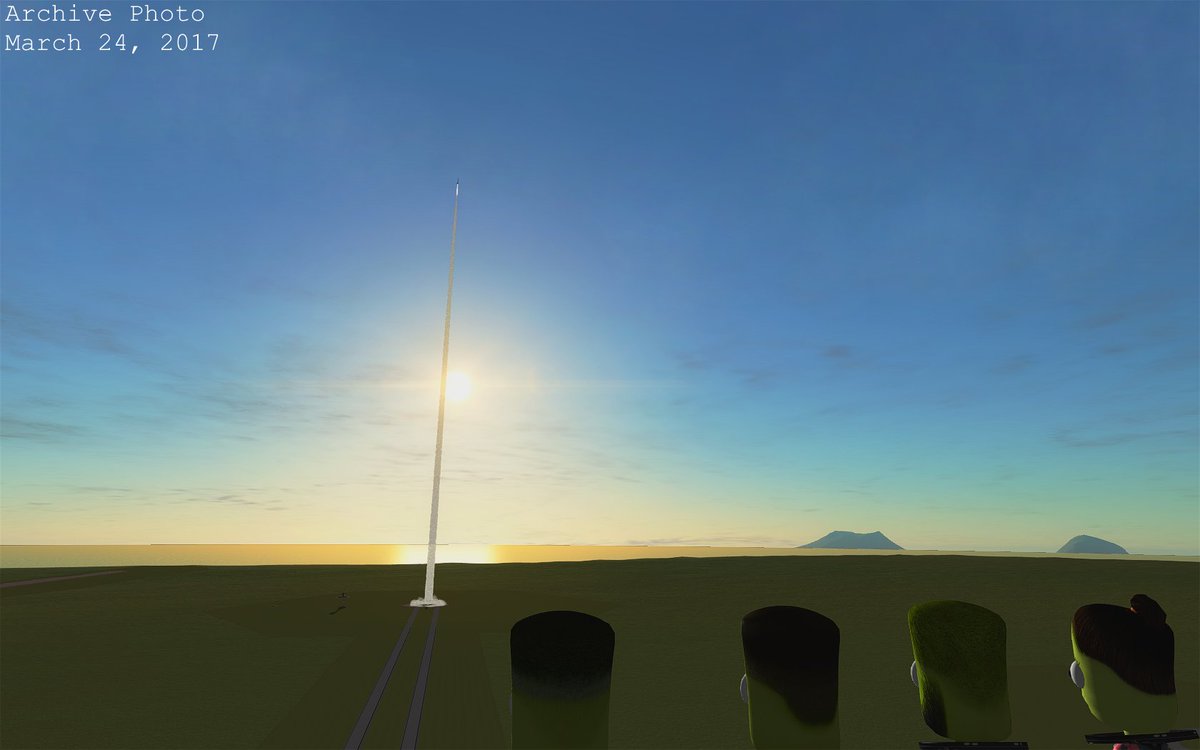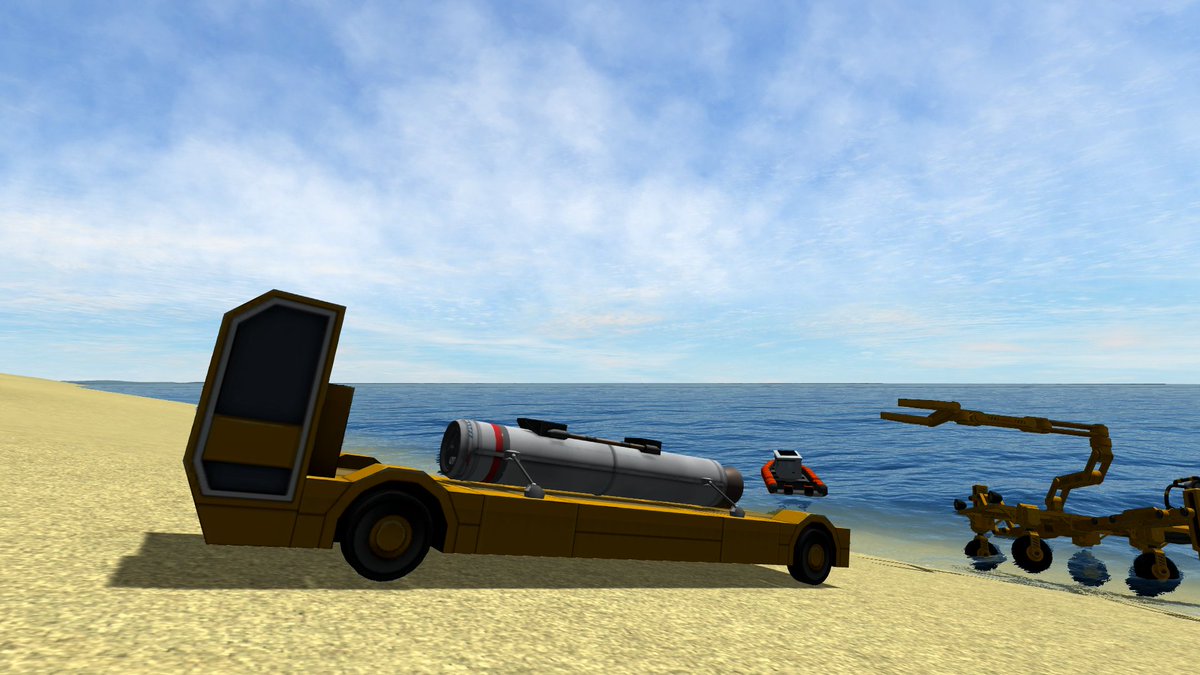 Given that the first flight of the Mk6 Block I contained only slight tweaks from the previous Mk5 Block I flight of the same design problems were not expected and none occurred. Sadly, the rocket failed to be recovered and deprived the engineering team of high-resolution data stored onboard but we still have the 1-second interval telemetry beamed back during flight available here for review. As usual we will detail the flight and then dive into some analysis and future planning.
Given that the first flight of the Mk6 Block I contained only slight tweaks from the previous Mk5 Block I flight of the same design problems were not expected and none occurred. Sadly, the rocket failed to be recovered and deprived the engineering team of high-resolution data stored onboard but we still have the 1-second interval telemetry beamed back during flight available here for review. As usual we will detail the flight and then dive into some analysis and future planning.
The Flight
Great weather on launch day and no issues during pre-flight operations allowed the rocket to liftoff on schedule, with the Automated Flight Control System igniting the lower 0.625m solid rocket booster at precisely 16:01:00.04 local time. The booster pushed the rocket off the launch base with an initial thrust of 67.2kN for 4Gs of acceleration to keep the nose from rising more than 2° before the lower fins began to spin up the rocket. Launching from a heading of 105° the rocket began its trek east-southeast slightly out of alignment with the rotation of Kerbin. After 5 seconds the booster’s thrust profile began to reduce power as the rocket approached MaxQ, which it reached at 17.84s at a pressure of 79.139kPa – closest so far to the maximum 80kPa threshold to which we are trying to restrain the Progeny ascents. At 33.66s the booster had expended all its fuel and was cleanly decoupled one second later, with its fins shredding a second after that as the rest of the rocket continued its ascent in a coast phase, waiting for the nose to drop 1.5°.
After 8.72s of coasting the AFCS detected the proper conditions for 2nd stage booster ignition and lit it off at 20km for a TWR of 3.21 and a burn of 13.18s. The completion of the stage two boost was enough to push the rocket’s apokee into space, and the booster was cleanly decoupled with its fins shredding as planned in similar fashion to the first stage. The first flight tweak occurred next when the third stage booster ignited 2 seconds after second stage burnout at full throttle to produce nearly 12kN of thrust and an initial TWR of 4.44. After a 30.6s burn the booster flamed out roughly one second after the rocket cleared 70km and entered space, exiting the atmosphere at a record 2.057km/s – no comms loss occurred due to excess heating.
For the next 10 minutes the rocket coasted up to a record 580.571km while controllers kept a careful watch on battery levels and scientists monitored the radiation data. Passing through apokee 11m40s into the flight the downward journey began and everyone’s attention turned to the recovery aspects of the mission. Due to a late arrival of MSV Lymun into port at Umbarg returning from a KerBalloon mission we had to dispatch MSV Tongjess out towards the recovery zone after it had concluded its range monitoring duties by confirming both lower stage boosters splashed into the ocean (there was minor concern about the possibility of having to clean up debris from one of the islands southeast of KSC). By this time the rocket was already nearly as far downrange as the previous recovery site, 138km and still traveling.
At 21m52s into the flight the rocket breached the atmosphere traveling at 2.125km/s, increasing to 2.178km/s and still speeding up when we lost contact over the horizon as the downrange distance continued to increase in excess of 250km. This was faster than the last flight, which barely survived. We had planned for this, but it was unknown how effective these measures would be. First, at 6km the fairings would be ejected off the payload bays in order to dirty up the rocket’s otherwise smooth profile and induce extra drag. Secondly, the parachute deployment height was changed from 2.5km to 1.5km. This would allow it to open under potentially more benign flight conditions however it also takes time for the chute to fully deploy and slow the rocket to speeds that it could survive landing at.
Because the splashdown zone was too far for radio communications, we had a long wait to get news from MSV Tongjess, which did not get back to us until early the next day as extra time was spent in the zone searching for any sign of the rocket after the locator beacon, which runs on an independent 10 hour battery, failed to be detected. It’s impossible to derive any definitive conclusion as to what happened to the rocket – one of the disadvantages to a water landing is no impact site is left behind for study, which could have told us how fast the rocket was traveling when it hit the surface.
Flight Analysis
Other than the failed recovery, this flight was flawless. There were some notable variances in the ascent compared to the last flight, with a MaxQ nearly 2kPa greater and the coast period being 4.31s shorter. We are currently attributing this to the launch being slightly off the planet’s spin direction, but won’t know for sure until we can compare the data to flights launching at greater azimuths. Likewise, the radiation data looks different from the last flight, but we will have to wait for more data from future flights to really begin to understand what the difference means. As already mentioned, there is not much we can determine about how the rocket fared after comms were lost and will have to take additional measures to help ensure a successful recovery.
Future Plans
The next rocket is already being assembled in the VAB as we have new parts coming in at a steady rate from Progenitor’s key manufacturer Umbra Space Industries. The current launch target is next Tuesday, with the rocket being rolled out after second sunrise and the following daylight window opening at 21:45 UTC. While the rocket will carry a radiation instrument, no other science instruments will be onboard as this will be a throwaway flight. Although it pained Mortimer, the decision was made not to wait for Wernher’s team at R&D to finish up their work on the airbrakes and delay the launch into next month. With no contract attached to this mission, the Progenitor program will be taking a big financial loss but we are confident it will recover. The following flight will hopefully test the airbrakes, which are currently having issues with their deployment mechanisms. This next launch will also increase to an azimuth of 120°.









